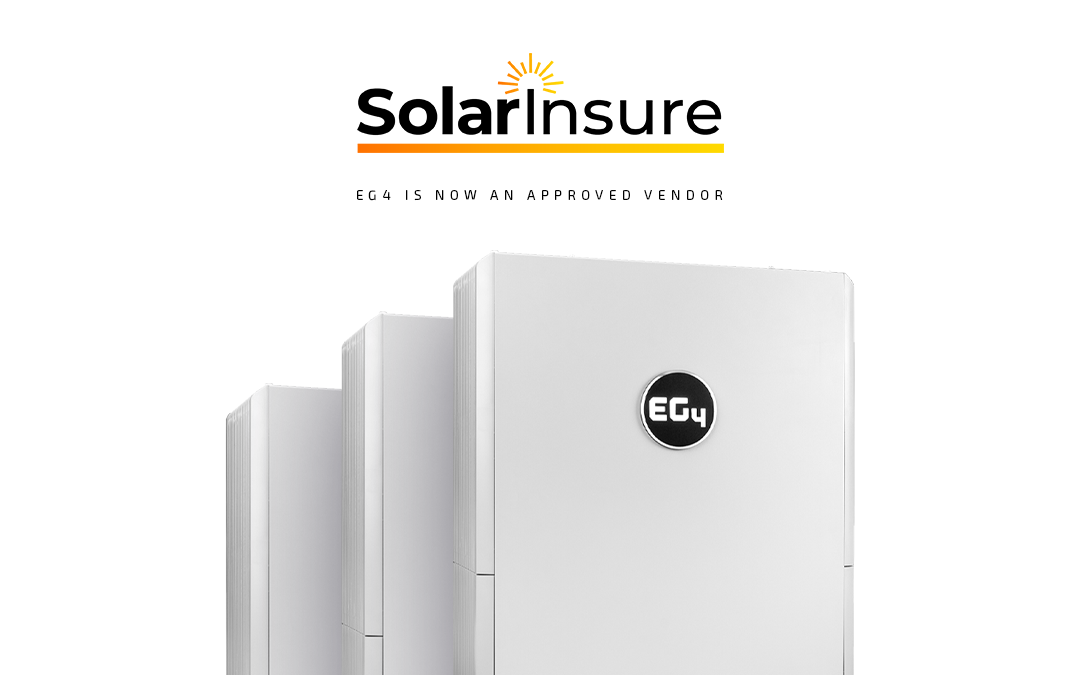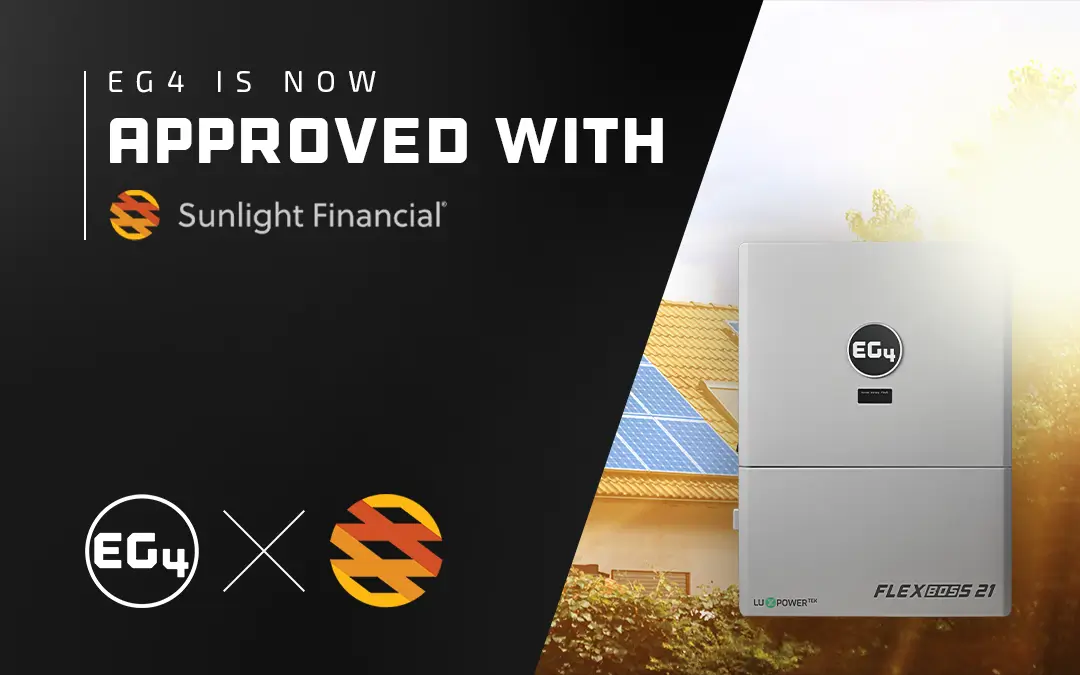Are you a contractor, property developer, or property owner in the state of California? Are you finding Title 24 frustrating to navigate? We understand your frustration and challenges. This blog is written with you in mind, aiming to provide relief and intelligent solar energy solutions. Today, we dive into the world of Energy Code or Title 24, a set of regulations that is transforming how we conceive and use energy in our daily lives. Get ready to discover how Title 24, Part 6, is of paramount importance for residents, contractors, and building owners in the Golden State.
What is Title 24, and why should it matter to you?
Title 24 of the California Code of Regulations is part of the Building Energy Efficiency Standards developed by the California Energy Commission. During the 2021 Triennial Code Adoption Cycle various state agencies in California made amendments and additions to most of the California Building Standards Code and became effective on January 1, 2023, and it’s updated every 3 years.
The code is a comprehensive set of regulations aimed at improving energy efficiency in building construction in California. These regulations are periodically updated to stay at the forefront of the most sustainable and efficient technologies available. But what does Title 24 entail for both new and existing constructions?
1. Mandatory Integration of Photovoltaic Systems: A New Energy Dawn
One of the most notable implications of Title 24 is the mandatory integration of photovoltaic systems in new residential constructions. The code requires to include photovoltaic system in all new single-family homes, as well as low rise multifamily buildings, accessory buildings, amongst other new buildings. It’s now a legal requirement to have a photovoltaic system installed for an occupancy certificate to be granted. If the plans and designs of a building were not submitted before 2023 to the corresponding authority having jurisdiction over the region, then your construction project will need to comply with these code regulations.
2. Enhanced Energy Efficiency: Beyond Solar Panels<
Title 24 is not just about installing solar panels; it also includes strict standards for overall energy efficiency improvement. This involves using materials and solar technologies that reduce the energy demand of homes, resulting in versatile systems that allow energy storage. As the energy generated by solar panels must be used instantly when produced, the most efficient way to store energy is in batteries. The mandatory measures require minimum ceiling, wall, raised floor insulation; minimum HVAC (heating, ventilating and air conditioning) and water heating equipment efficiencies; for instance, a hybrid solar Mini-Split is an accessory for central heating and air conditioning to your solar system that is energy efficient and that can significantly reduce your energy cost. Click here to learn more about the Mini-Splits.
3. System Design Complexity: The Performance Methods and The Prescriptive Method
With the new regulations, solar system installers must adapt to more detailed and sometimes complex specifications. There are two main approaches to Title 24, the Performance method, and the Prescriptive method. The Prescriptive approach seeks to meet the minimum or maximum level prescribed in the set of requirements contained in a package. It allows an individual component of a building to meet a prescribed minimum energy requirement. For example, in projects using the Prescriptive approach that choose to install a battery storage system, the system must use products on the CEC’s approved equipment list, have a minimum usable capacity of 7.5kWh, and meet the JA12 qualification requirements. Additionally, using the Prescriptive approach, PV size is determined by this equation: DC Rating = (CFA * A) / 1000.
On the other hand, the Performance approach allows for detailed accounting of energy trade-offs between measures. You have to use the approved compliance software for 2022 to assure that the sizing for PV in both single-family and multifamily projects is in accordance with the performance requirements. The computer program automatically calculates the energy budget for space conditioning. To comply with the Standards, the predicted combined “Energy Use” of the Proposed Design cannot exceed the combined “Energy Budget” of the Standard Design.
Which approach is the most cost-effective strategy for meeting lower target energy design ratings (EDR)?
This includes considering the importance of battery storage systems for performance compliance credits. The Performance approach provides the most flexibility and accuracy when seeking Title 24 compliance; furthermore, installation of an ESS via Performance approach will provide a compliance credit. The addition of a battery system improves the Efficiency, Total and Source EDR metrics. This is a cost-effective strategy for meeting lower target EDRs which may be required to reach codes with smaller, grid-tied PV systems. To qualify for performance compliance credits, the battery storage system must be certified by the Energy Commission according to the requirements in Joint Appendix 12. Batteries need to be UL 9540A certified to be ready for installation. EG4 batteries are UL 9540A certified proving that they have undergone various tests against thermal leaks, gases, and other hazards, and their effectiveness in fire protection.
New single family homes with 2 or fewer dwellings must be Energy Storage System (ESS) ready, if installed through the Performance approach, an ESS must have a main panel board with a minimum busbar rating 225 amps, space reserved for future installation of a system isolation equipment or a transfer switch within 3 ft of the main panelboard, raceways between the panelboard and the system isolation equipment or transfer switch location to connect a backup power source, and at least an interconnection equipment with a minimum backed up capacity of 60 amps or a dedicated raceway from the main service to a subpanel that supplies the branch circuits.
Planning for the Future:
Title 24 not only focuses on the present but also establishes measures to prepare for a more sustainable future. The regulation encourages the implementation of emerging technologies and is constantly evolving to reflect advances in renewable energy. Let us tell you how you can use these regulations to your advantage.
Credit Transfer: Solar Energy and Batteries, a Powerful Combination
The utility company sends solar users a final energy statement which is called the True-Up. The True-Up is sent on the anniversary of the date your solar system turned on. The statement provides charges and net energy credits throughout the year and shows any final balance owed. However, with a battery storage system, you can free yourself from the stress of overwhelming debt and ensure that your residence has the necessary energy, and it potentially gives you the ability to sell the surplus back to the grid.
Time-of-Use (TOU) Rates: Leverage the Benefits of Solar Hours
There are utility companies that offer time-of-use (TOU) rate plans, where the cost of energy varies based on the time it is used. Network demand peaks usually occur on weekdays during the afternoon (4 p.m.-9 p.m.), when most people return home from work and start using their appliances. During these hours, the cost of energy increases. For example, the average cost of energy in California is around $0.30 per kilowatt-hour (kWh). TOU rates these days can be +$0.60 per kWh, significantly increasing the cost during peak demand hours.
However, solar panel owners with TOU rates receive credits for the electricity their solar system sells to the grid during the generation period. Due to the variable value of energy, TOU rates can make batteries economically more viable. You can charge your battery with solar energy during the day and use the stored energy in the battery to avoid electricity costs during peak hours at night. EG4 empowers you with such versatility with The PowerPro EG4 18kPV WallMount AW ESS, which allows aligning the entire electrical system with off-peak hours for substantial savings.
Solar Revolution in California? Definitely!
California’s Title 24 is playing a crucial role in transforming the residential and commercial energy landscape by integrating solar systems and promoting efficiency. It paves the way for a future where renewable energy will play a much more significant role. What strategy do you have to address the energy changes entering the energy system? We stand with you in these energy transitions and want you and your loved ones to enjoy solar energy in the safest and most cost-effective way. Feel free to contact us for assistance with your energy needs.




